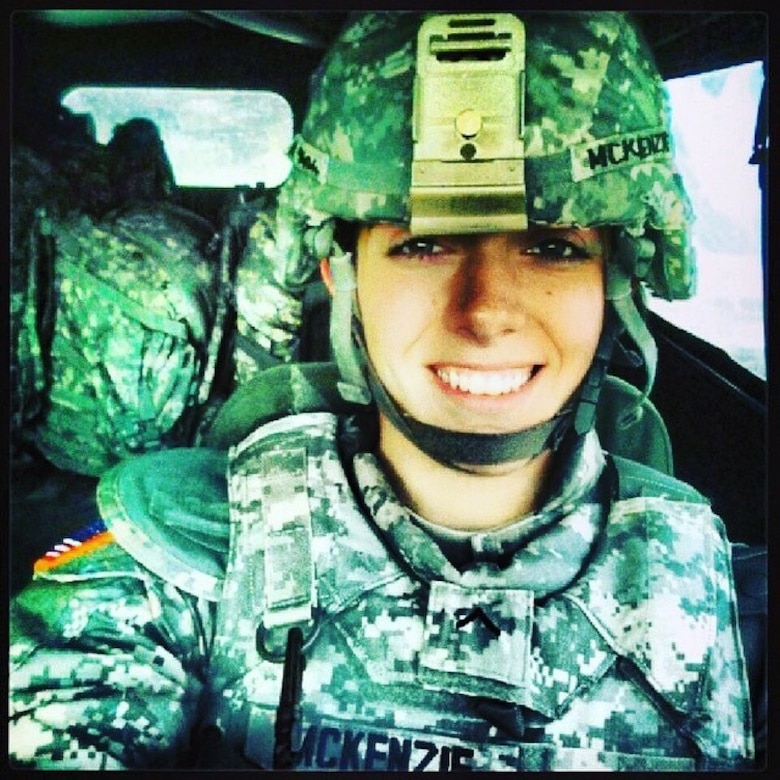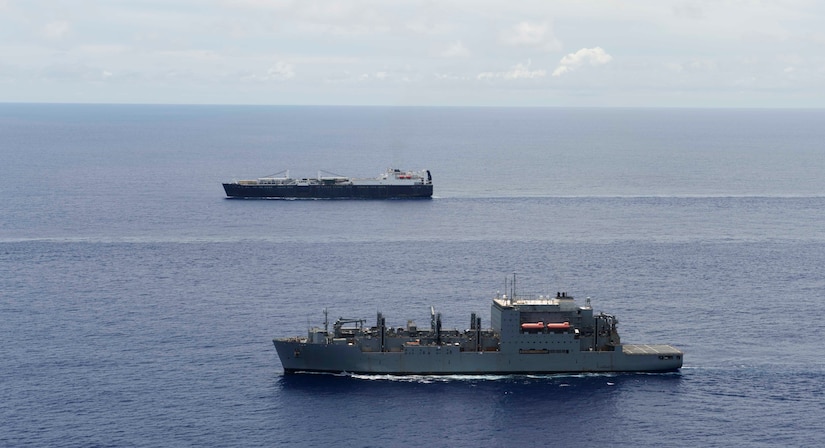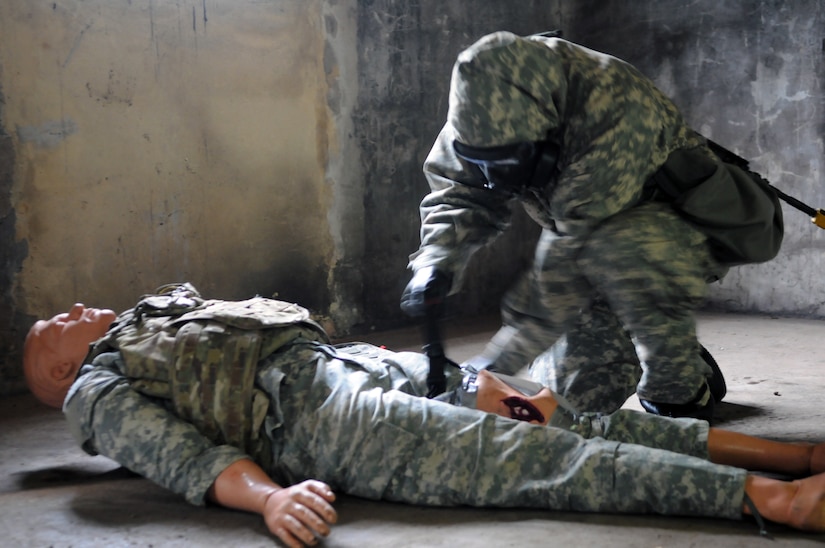By Army Staff Sgt. Michael Davis, New York National Guard
CAMP SMITH TRAINING SITE, N.Y. -- National Guard members
spend countless hours every year training for the next big mission. For Army
Spc. Nicole McKenzie, that mission wasn’t overseas -- it was just below an
overpass on her way home from the Yonkers armory on Aug. 3.
McKenzie, a cable systems installer and maintainer with
Company A, 101st Signal Battalion, New York Army National Guard, saw a flash of
red going over a guardrail on the Saw Mill River Parkway and immediately pulled
her car to the side of the road.
“I saw what looked like the outline of a boy going over the
side,” McKenzie said. “I knew something was wrong.”
Her instincts had been sharpened by nearly six years of Army
training, which erased all doubt and hesitation at the scene.
“Thanks to my Army training, it was all automatic;
everything was fluid,” McKenzie said.
She ran over to the edge where she saw Police Officer Jessie
Ferreira Cavallo, of the Hastings-on-Hudson police department already assessing
the scene.
Teamwork
When McKenzie saw the 12-year-old boy lying on the rocks
below, she shouted to Cavallo, “Let’s go!” They both ran to the shallow end of
the overpass, climbed over a fence, and dropped 10 feet to the jagged ground
below.
The boy, a resident of the Bronx, had left the Andrus campus
in the Bronx. Andrus is a private, nonprofit organization that provides
services for vulnerable children, children with special needs, and children
with severe emotional and behavior issues.
Andrus staff were speaking with the boy when he jumped from
the overpass he had been standing on.
McKenzie, who spent three years on active duty with the
168th Multifunctional Medical Battalion and just completed combat life-saving
training with the Guard, immediately began to triage the injuries the boy
sustained in the fall.
Quick Thinking, Treatment
She used quick thinking to improvise a flashlight from her
phone to administer a concussion test, took his vital signs, and kept talking
to him so he stayed awake and alert.
Next, she shouted to a bystander above to grab the medical
bag from her trunk and throw it down.
Working in tandem with Cavallo, they used splints from her
bag to secure his neck, arm and leg, and stayed with him until the medics
arrived and took him to the Westchester hospital.
The Westchester County Police records department confirmed
the assistance from McKenzie and the pivotal role that both the National Guard
and local police played in working together to assist the young boy.
McKenzie doesn’t think she’s a hero. For her, it’s all about
loyalty to her unit and her community.
“I wear the uniform every day because I want to help
soldiers -- I want to help people,” McKenzie said. “This is my family.”








